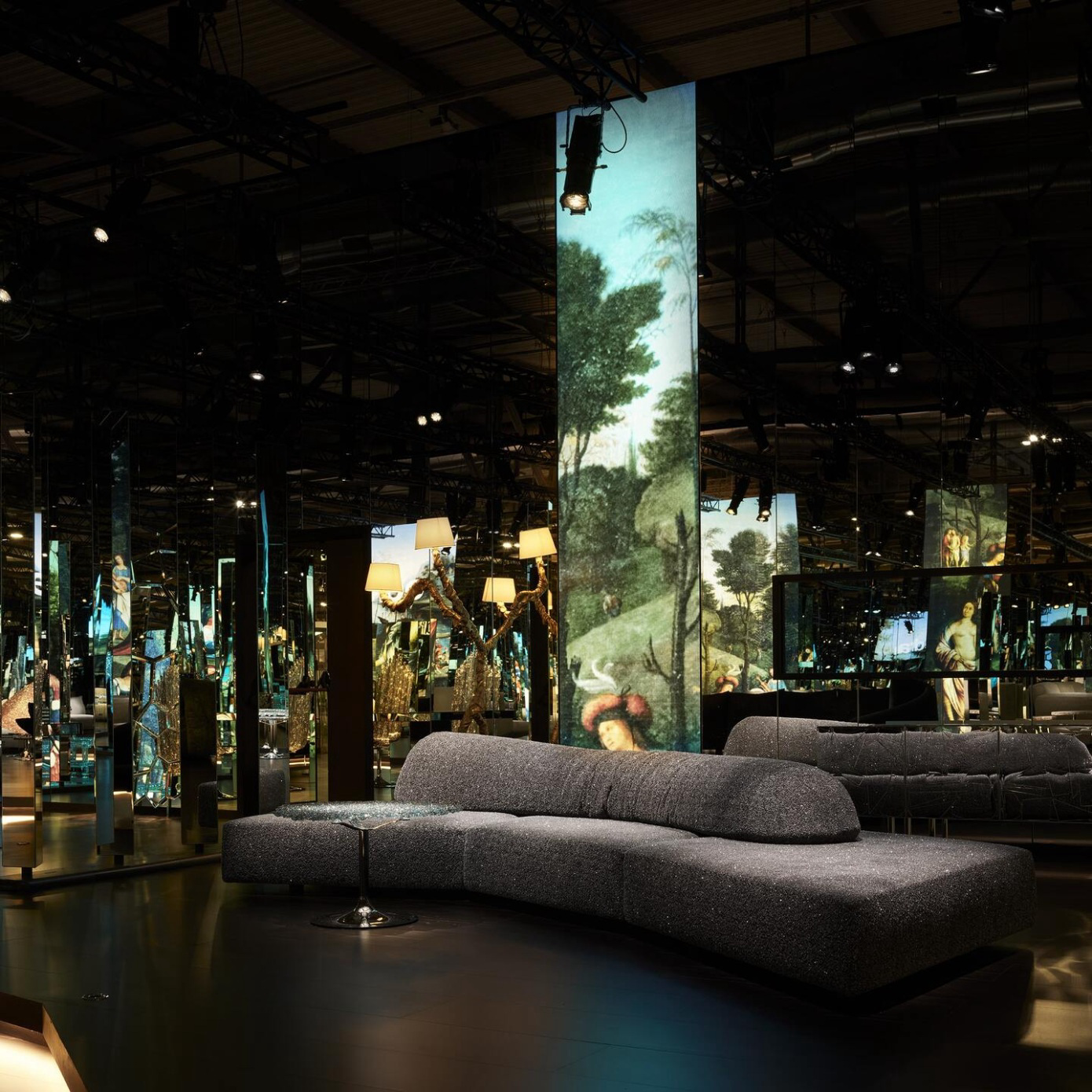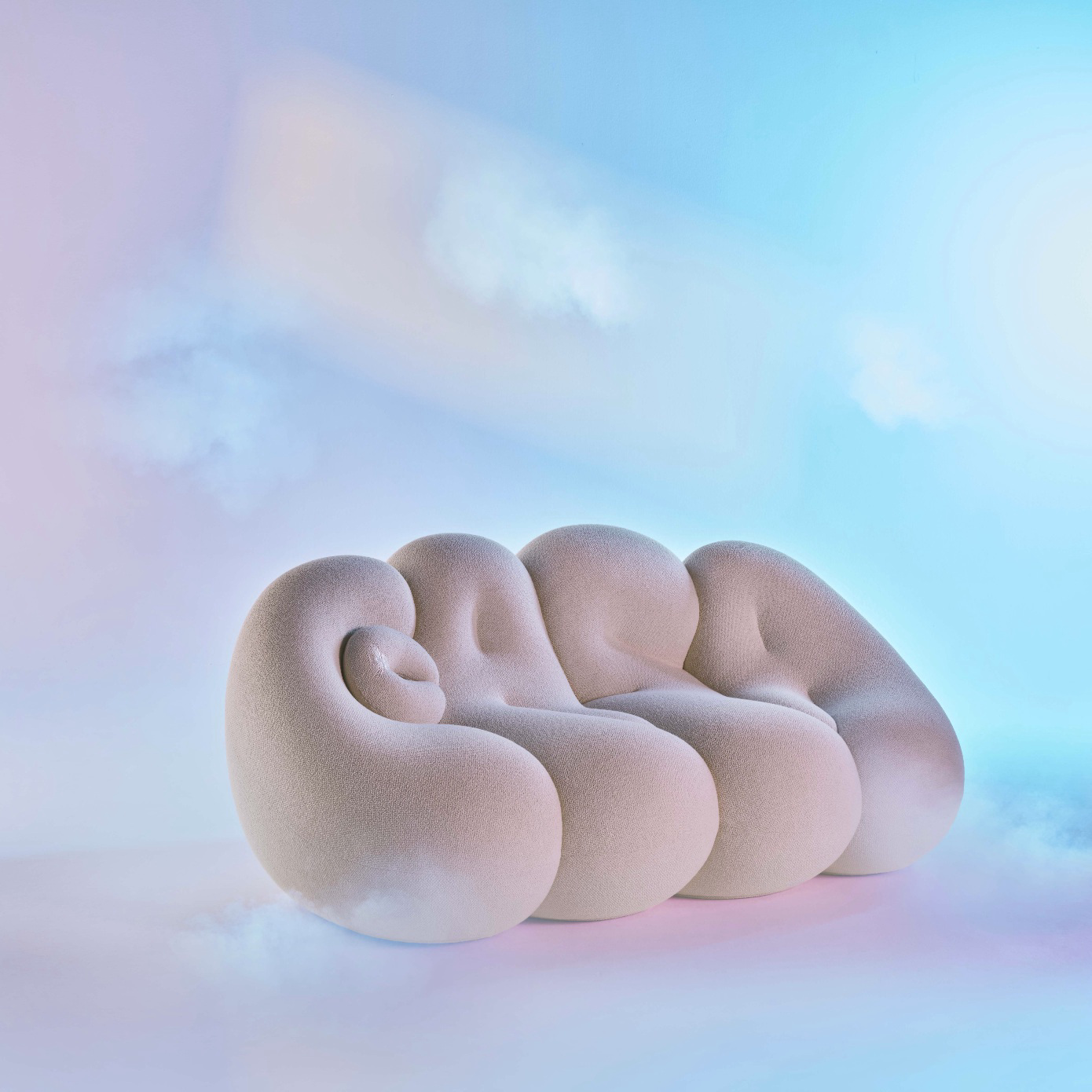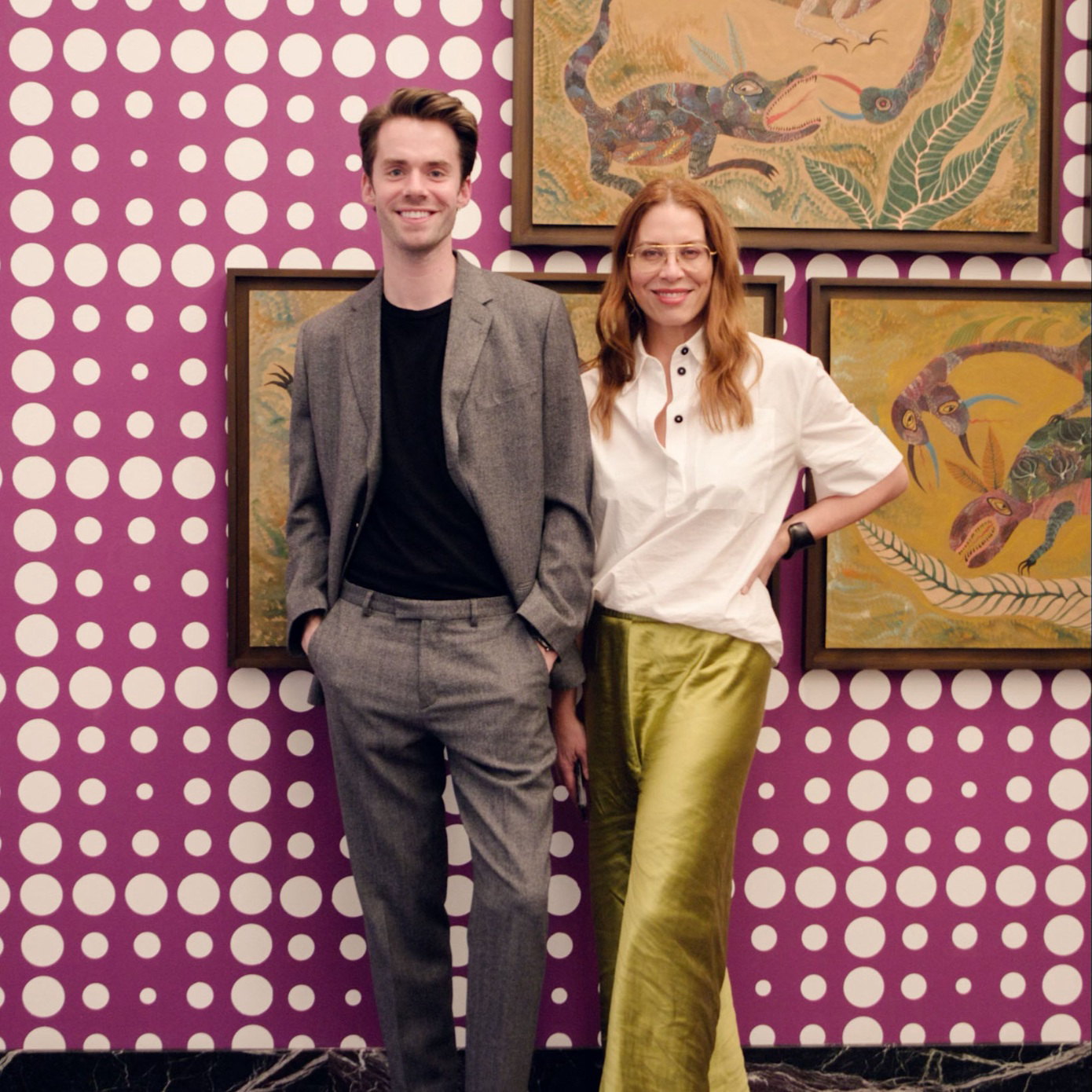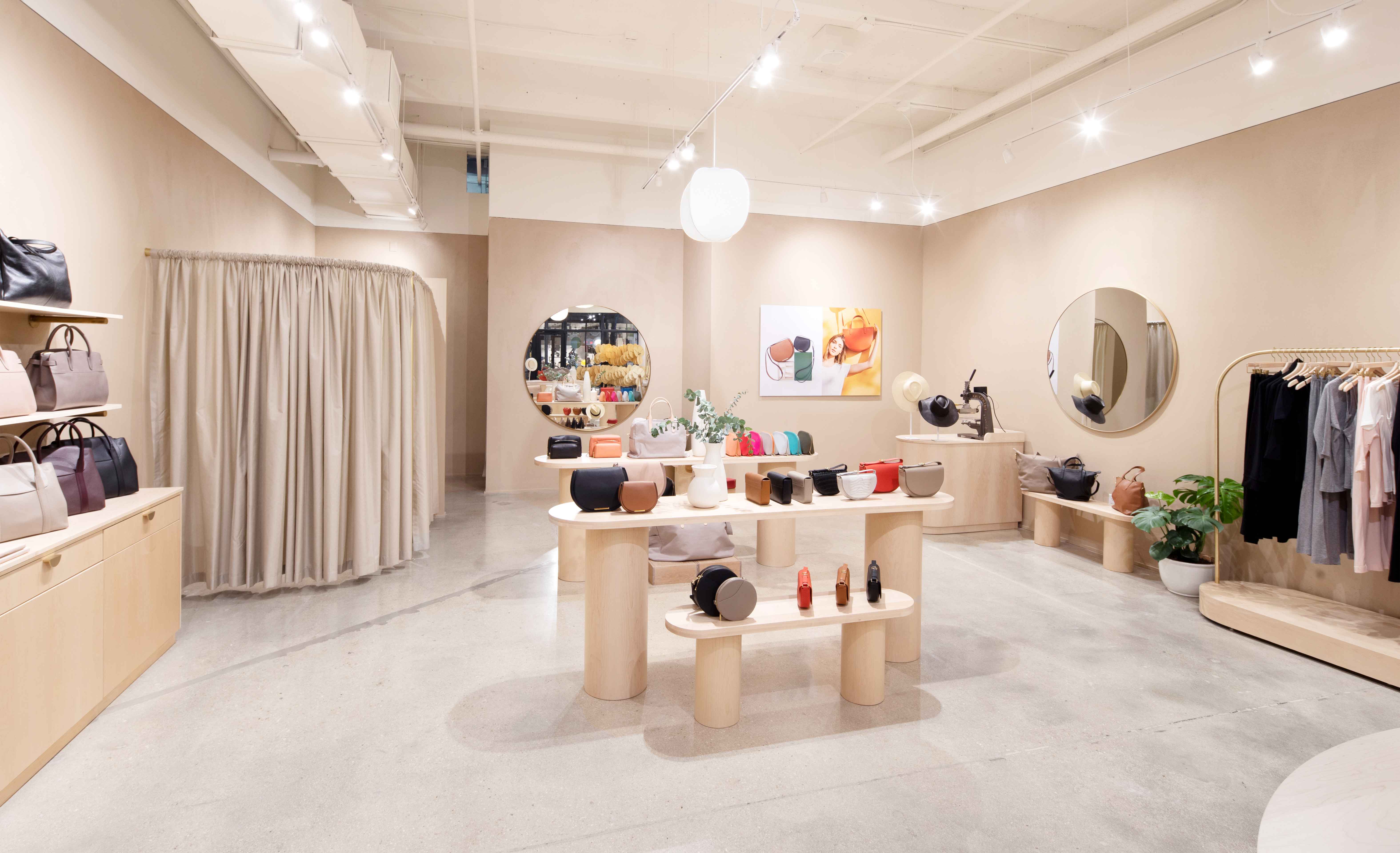
Originally from Argentina, self-taught Miami-based artist Dante Dentoni is renowned for his LEGO art installations that connect physical and emotional environments. His sculptural creations include intricately-built, dynamic and hidden scenes that encourage observers to view his art from myriad perspectives in order to discover inspiration and meaning within each piece.
Dentoni’s most recent work, commissioned by Cuyana and unveiled with the help of Cultured last month, is a unique in-store installation at the eco-friendly luxury fashion brand’s Miami Design District boutique. Inspired by Cuyana’s global heritage, Dentoni takes visual cues from the architecture and culture of the South American people of the Andes, who share a dedication to environmental sustainability, and depicts scenes within the column-shaped work that showcase the Peruvian craftsmanship behind the brand’s beloved alpaca accessories and knits. On view to the public now, the installation was not just inspired by sustainability, but was also built with a no-waste goal in mind; after a life as art, the LEGO structure will eventually be disassembled and donated to Second Chance Toys to enrich the lives of children in need.
Here the artist sits down with Cuyana co-founder and CEO Karla Gallardo for a close up look at the piece and an exclusive conversation on their creative collaboration, Dentoni’s own artistic process, cultural heritage and incorporating environmental practices into both business and art.
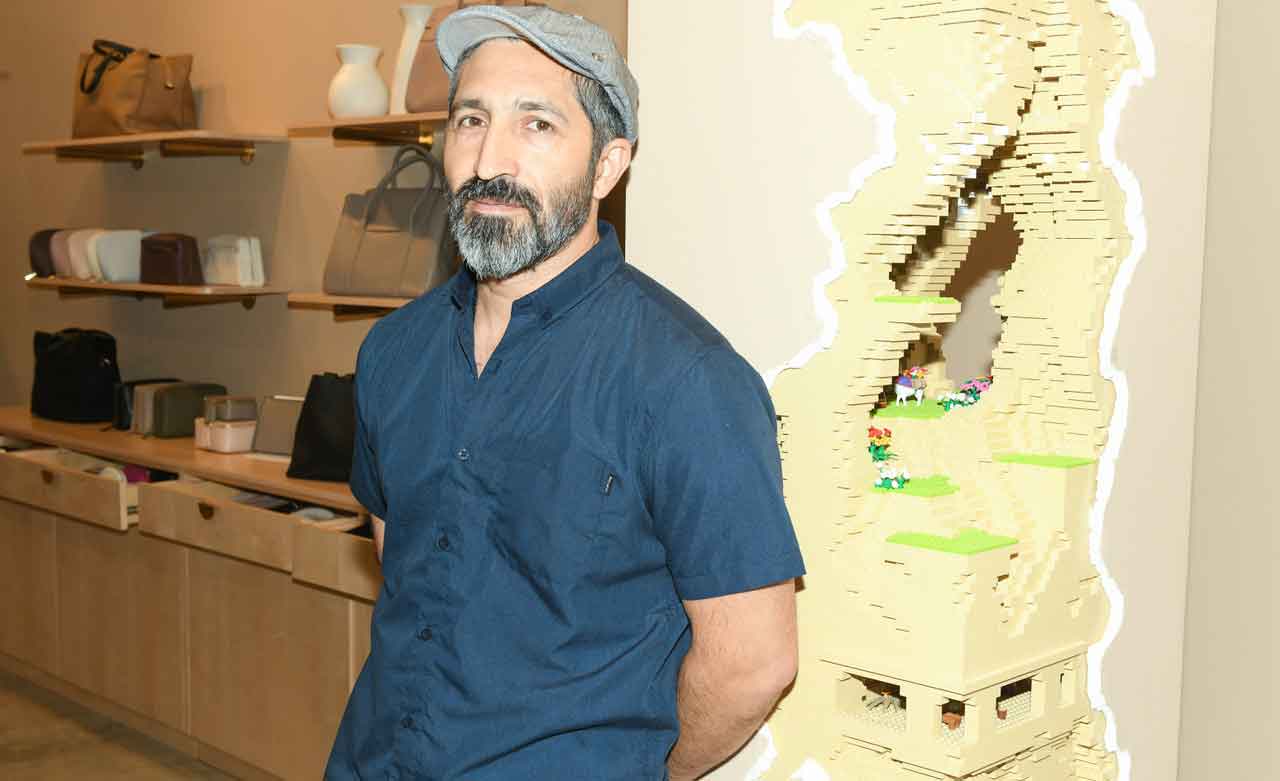
Karla Gallardo: When you began designing this piece, how did you think about integrating Cuyana’s philosophy of “fewer, better” and focus on craftsmanship with your own artistic perspective?
Dante Dentoni: With my work, I am excited to emphasize the fundamental aspects of native cultures and their respect for nature. In this piece, I wanted to represent with the loom, the woman, the llama, and the flowers with their pigments a central space of calm, in a vertical landscape, which is the setting for creating these clothes. Cuyana shares that care of craftsmanship and native cultures and reflects it in their products, which I found emotional. This philosophy conveys a positive aspect—something I try to do in each of my scenes.
KG: The hidden scenes in your work tell powerful stories in just a small space. What inspired you to create these spaces within your art?
DD: Initially my creations consisted of giving an increasingly dramatic and intrinsic way to these crevices. Then I began to install mini figures, surprising the curious in hidden places, and that was so gratifying and inspiring that it made these scenes have a special prominence.
KG: What meaning do the stories in these hidden scenes have for you?
DD: The creation of my scenes does not have a single meaning. Rather, each one represents multiple themes—aspects of real life, which sometimes have humor, to convey positive emotions.
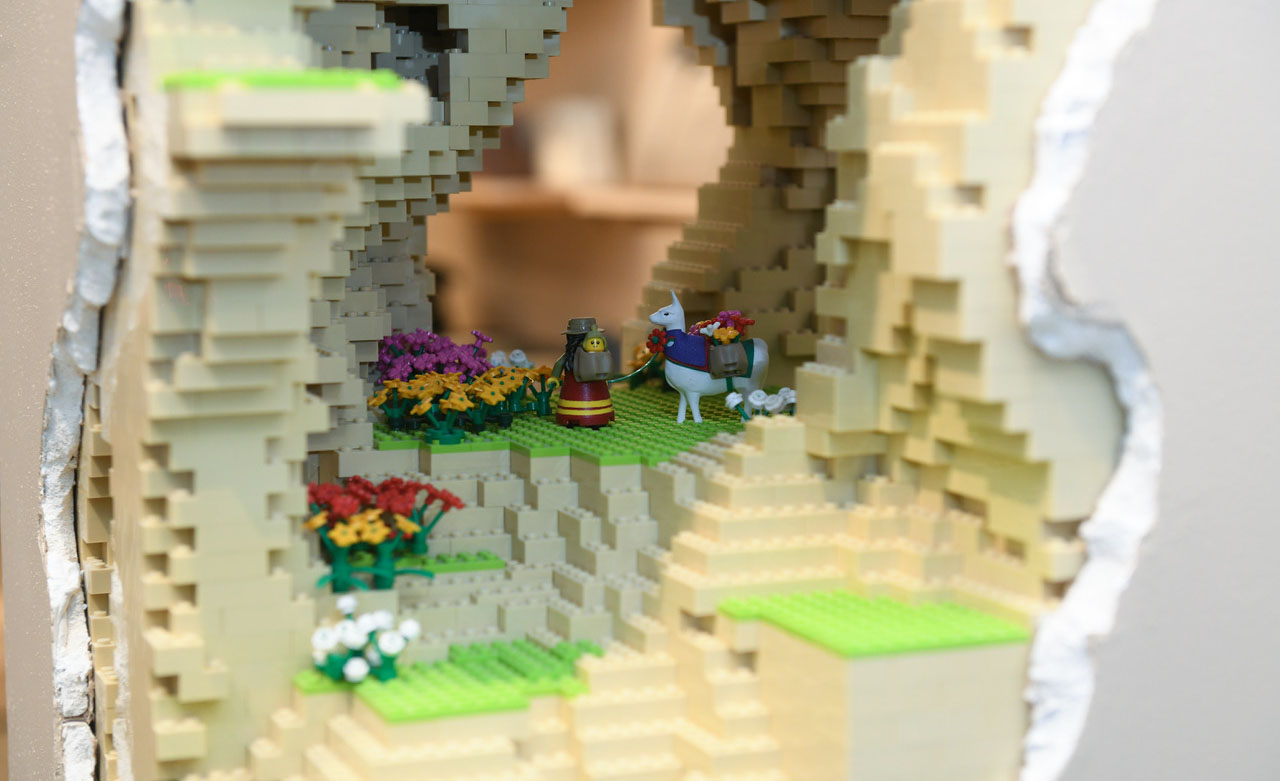
KG: I am so taken with the intricate detail of your pieces. You are clearly very intentional with your work. Can you share more about your process?
DD: The intrinsic aspect of my work is intentional, with the objective of giving a dramatic and transgressive aspect to a break in architectural spaces. The interaction of this breakage is to show interior space of the work and make the observer think that the entire structure is built with LEGO. The process begins with simple sketches to define the exterior aspect of the work. Once this is defined, I decide whether it will be monochromatic or multicolored and then the space that the scenes will occupy as well as the theme they will represent.
KG: How long do you take to concept and build a piece?
DD: The time of elaboration depends on the dimensions of the work, and the complexity of its scenes. There isn’t a set time for how long scenes take to build. I like to emphasize the details in my work. At times I’ll finish a scene, think it’s done, continue with others, and then notice things that can make a major difference. I’m a perfectionist though so if I fixed every little thing, scenes would take months to finish. I draw the line when I realize even in this “LEGO world” things must also not be perfect.
KG: We asked you to use a non-permanent glue so that the piece could be taken apart and the LEGO pieces donated to a children’s charity. How did that affect your process?
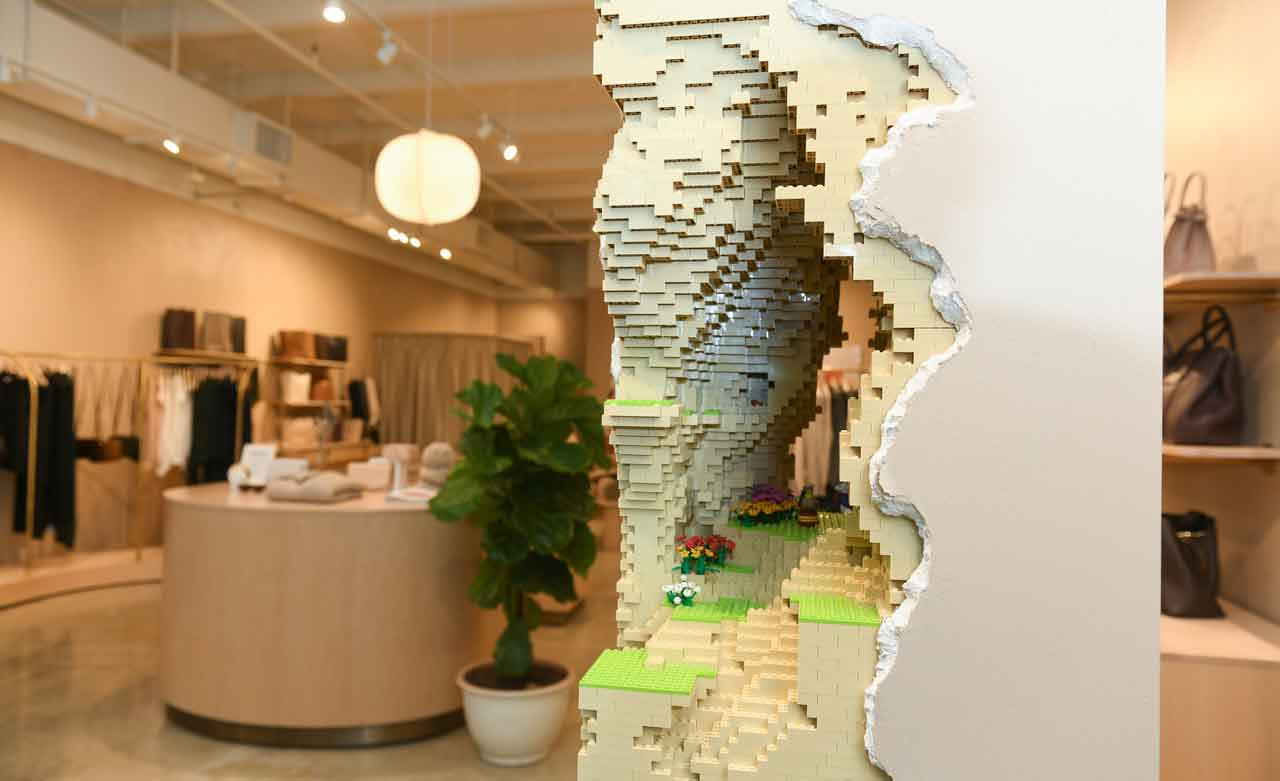
DD: Normally my creations are permanently glued for stability. I tried non-permanent glue, but it did not turn out to be an option because of the size of this work since to remove it requires submerging the entire structure in warm water. Since I couldn’t use glue in this case, I had to reinforce the interior, creating blocks to prevent the structure from collapsing due to its size. It took an extra two weeks to create.
KG: Having grown up in South America, my heritage constantly influences my approach to work. What aspects of your own Argentine heritage have inspired you and shaped your body of work?
DD: I could define the Argentines as a passionate society, so I think that same passion is translated in the making of my work. Humor and mischief are a remarkable part of Argentine society, which definitely has influenced me as well.
KG: Miami is such a center of culture and heritage, especially for the Latin community. How do you celebrate your heritage in Miami?
DD: I celebrate my heritage by maintaining my cultural traditions—listening to my folk music, drinking my mate every morning, enjoying my customs and sharing them with my children and friends so we all continue adding to this intercultural capital that is Miami.

